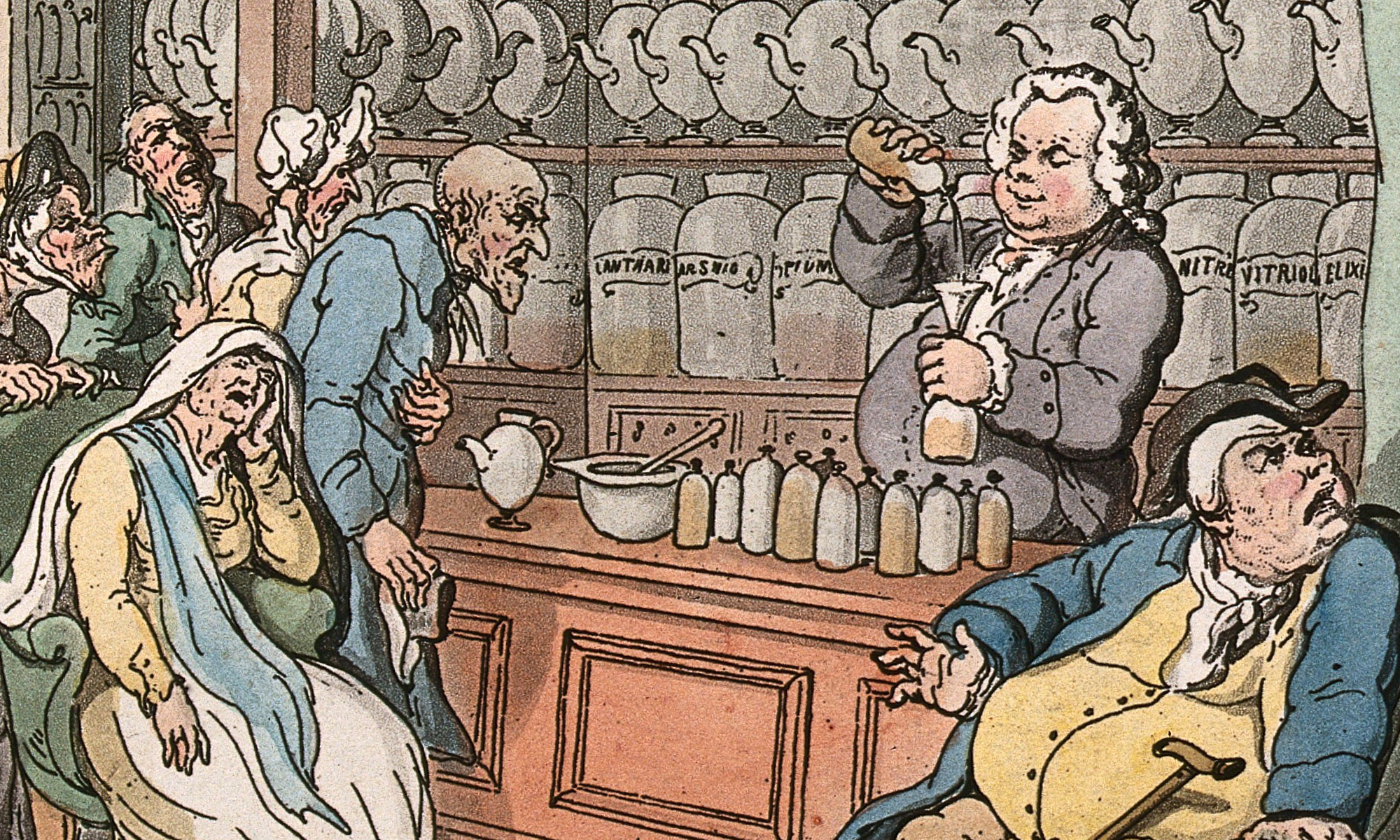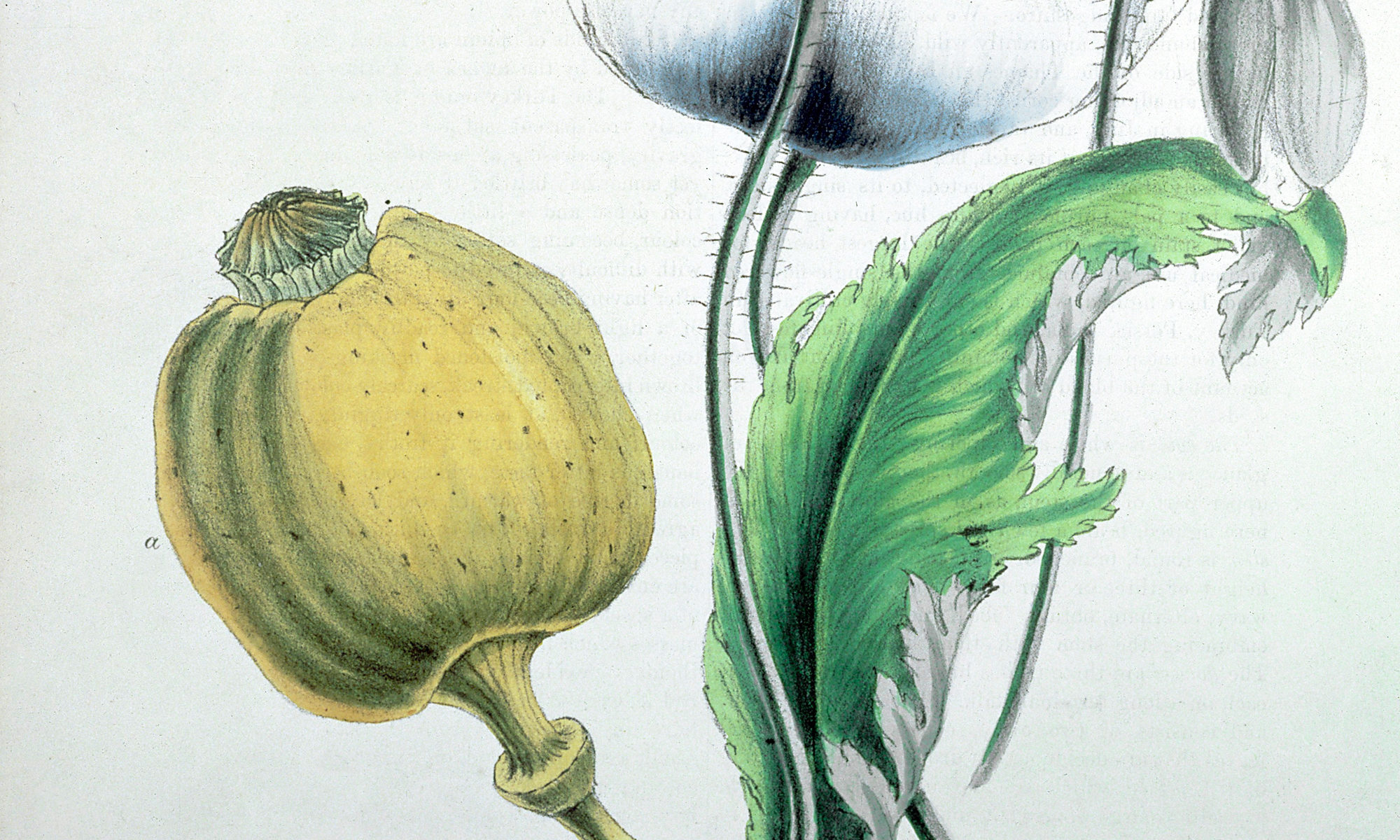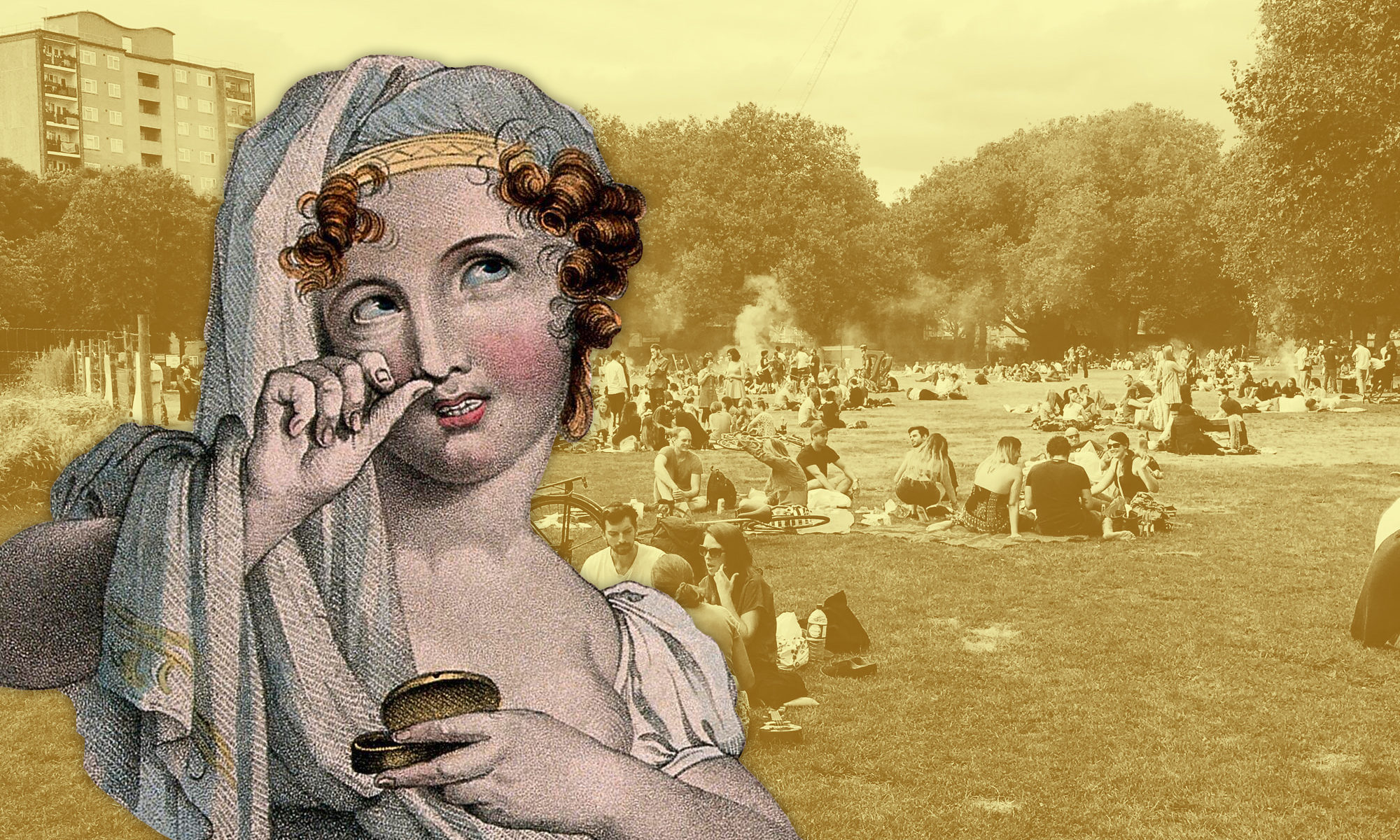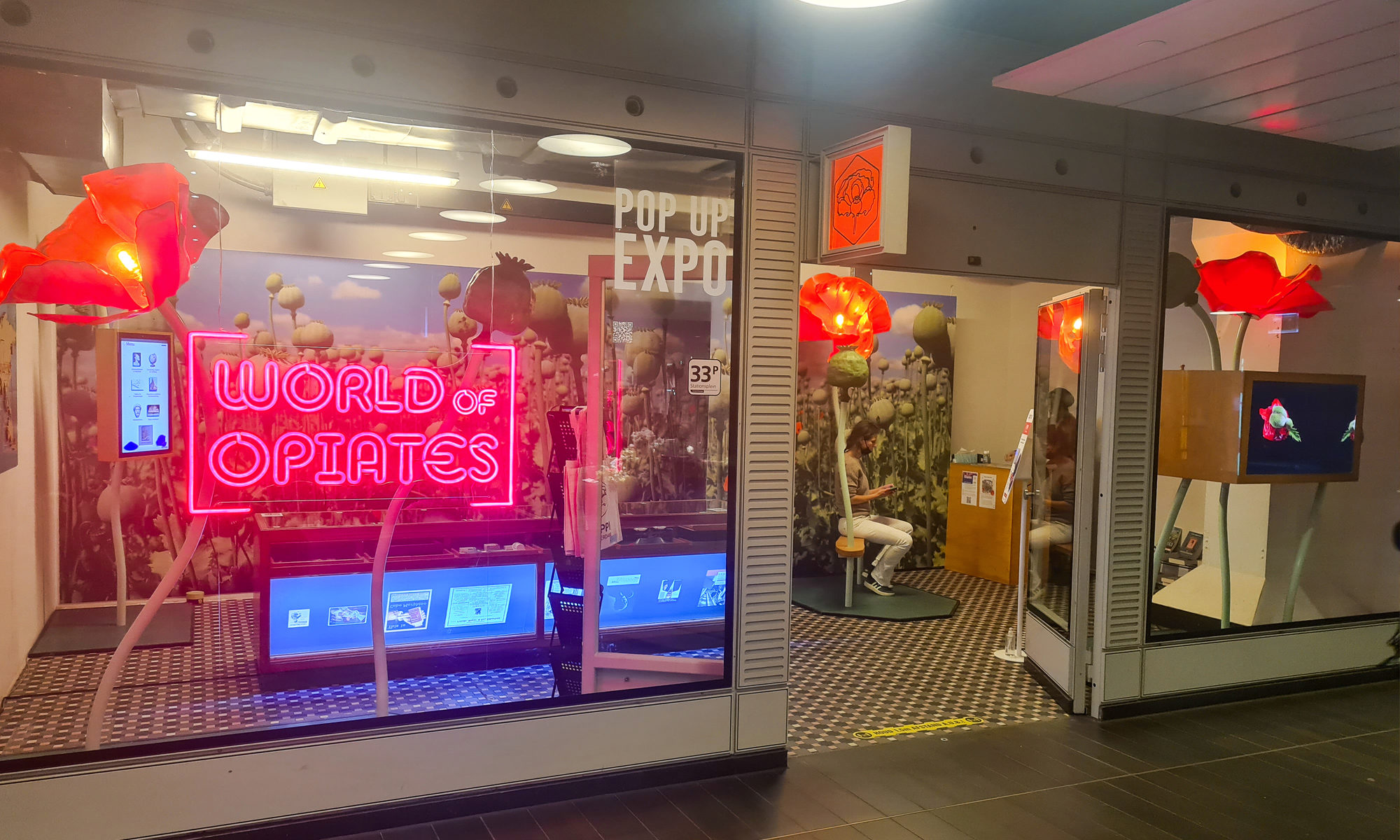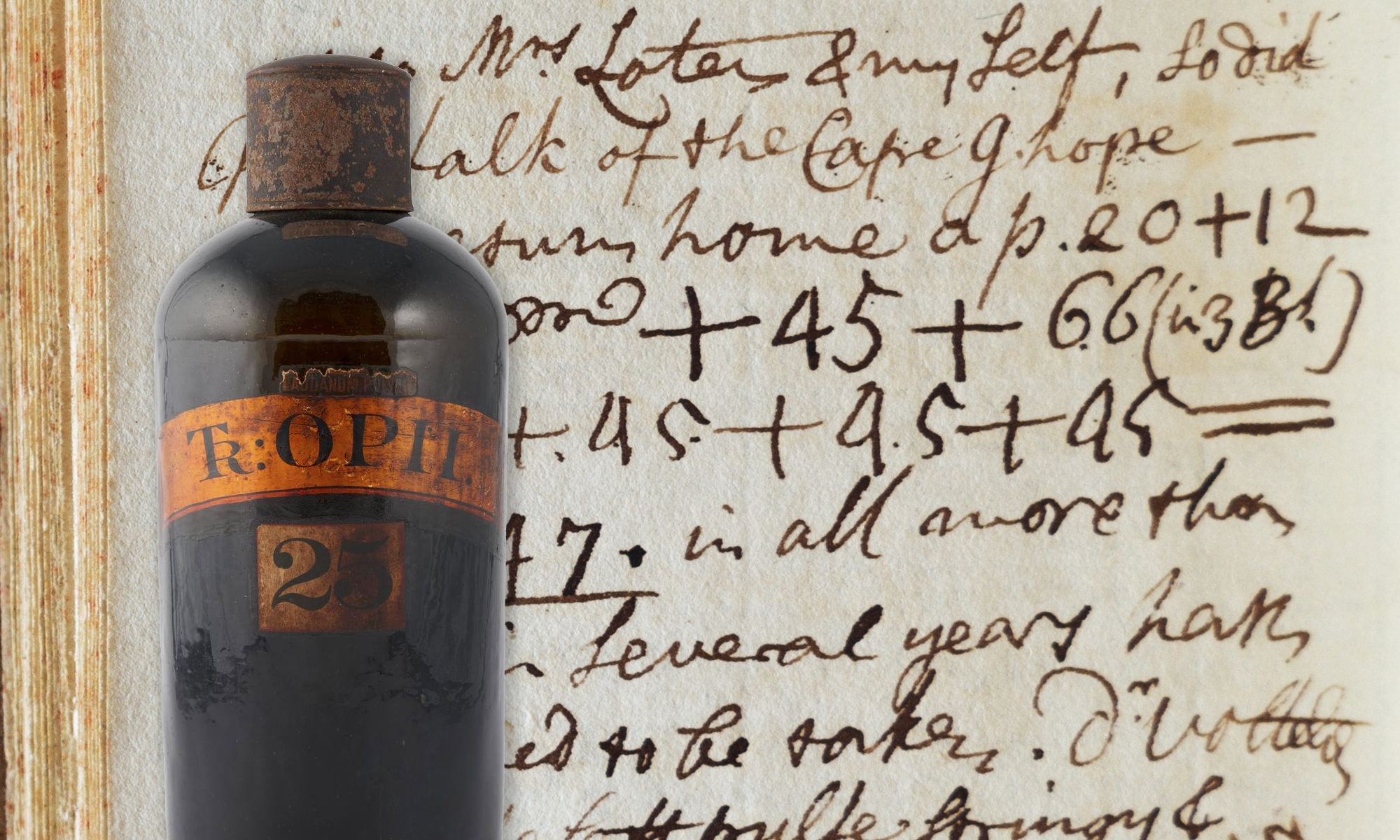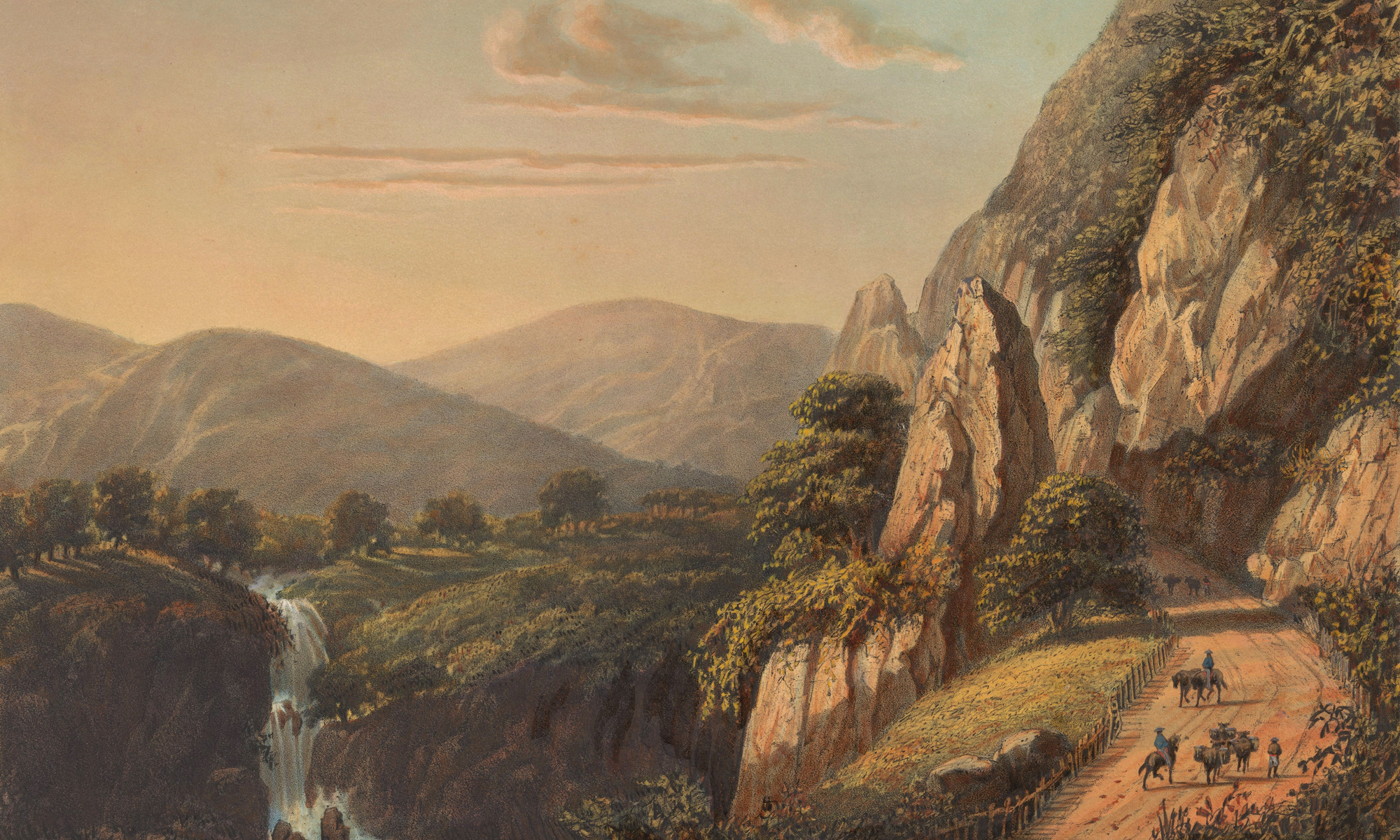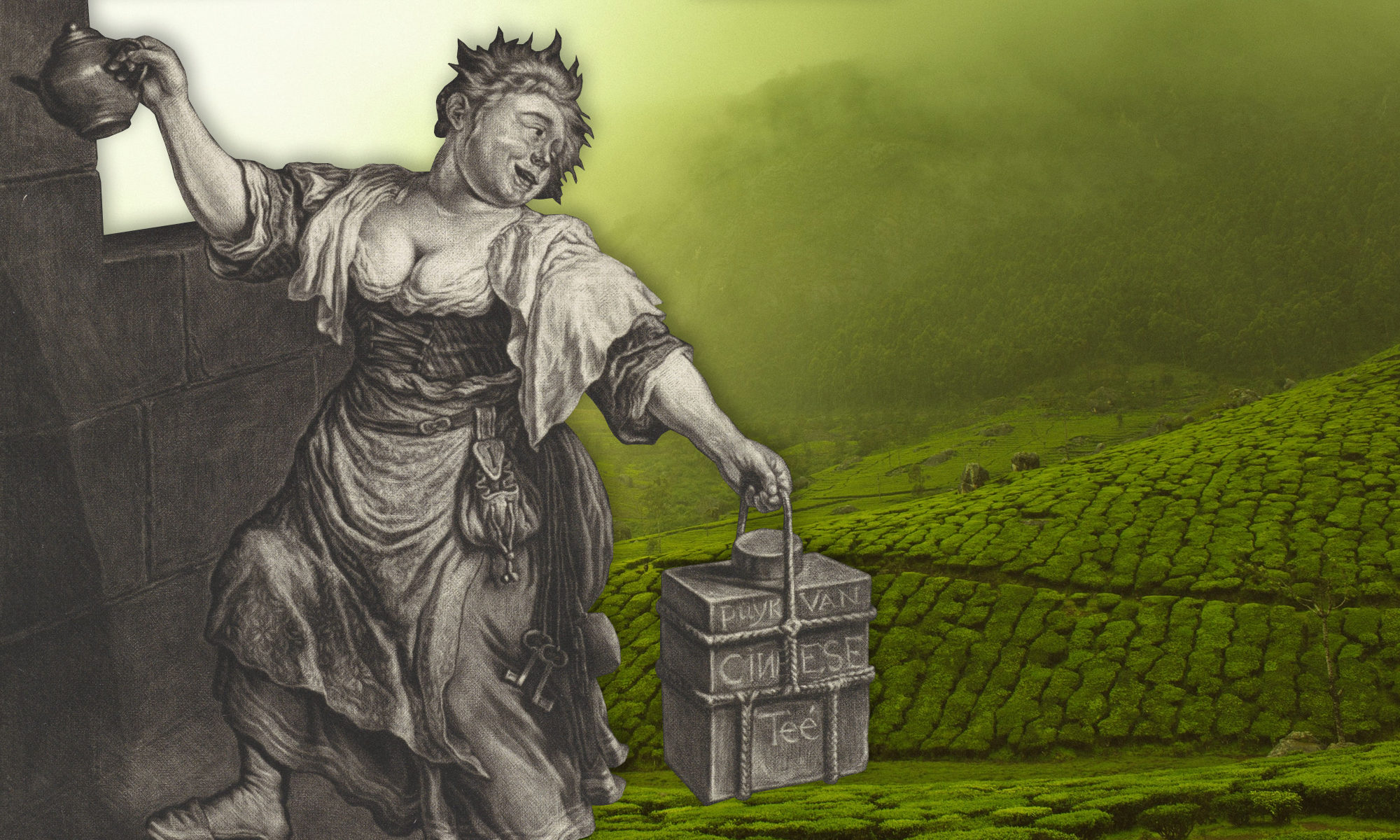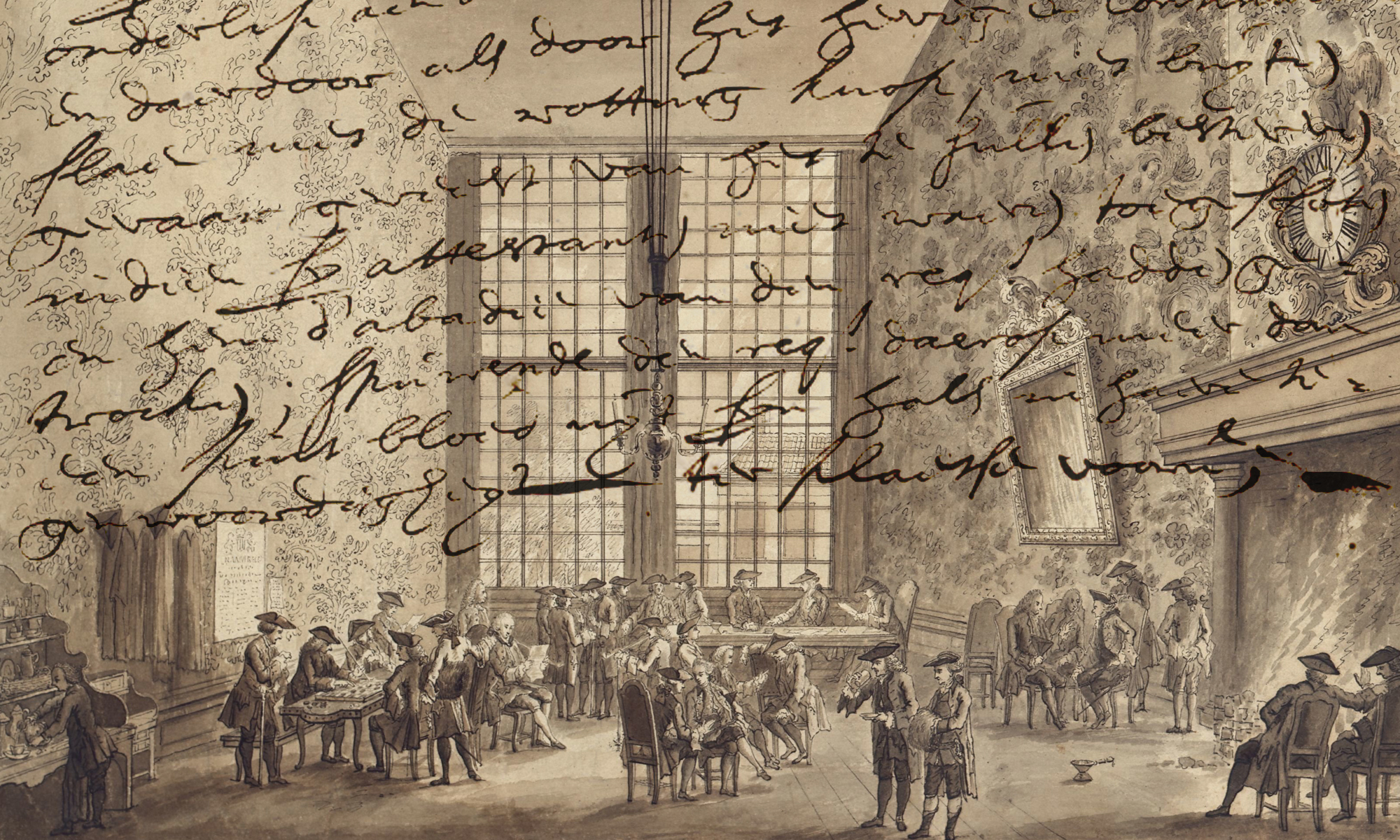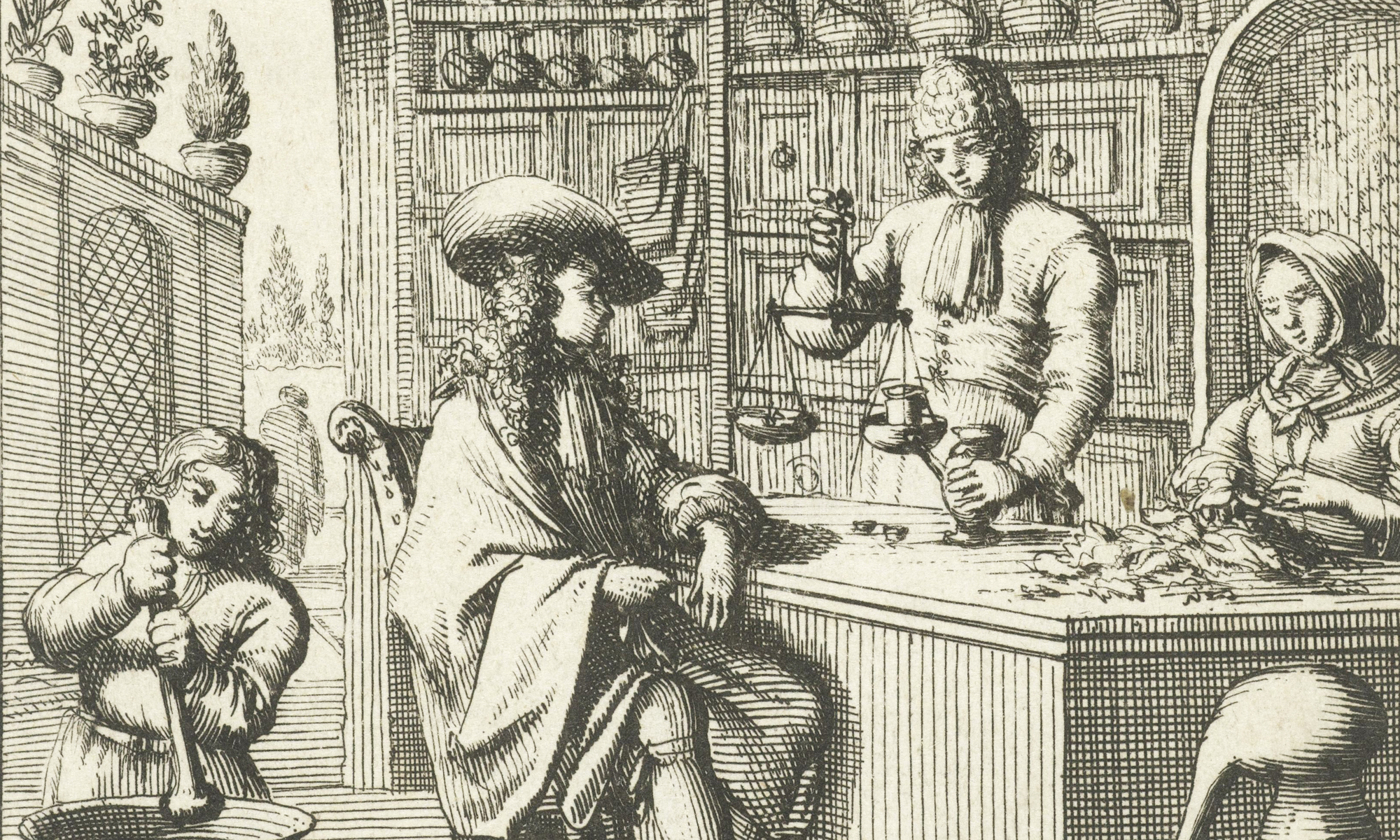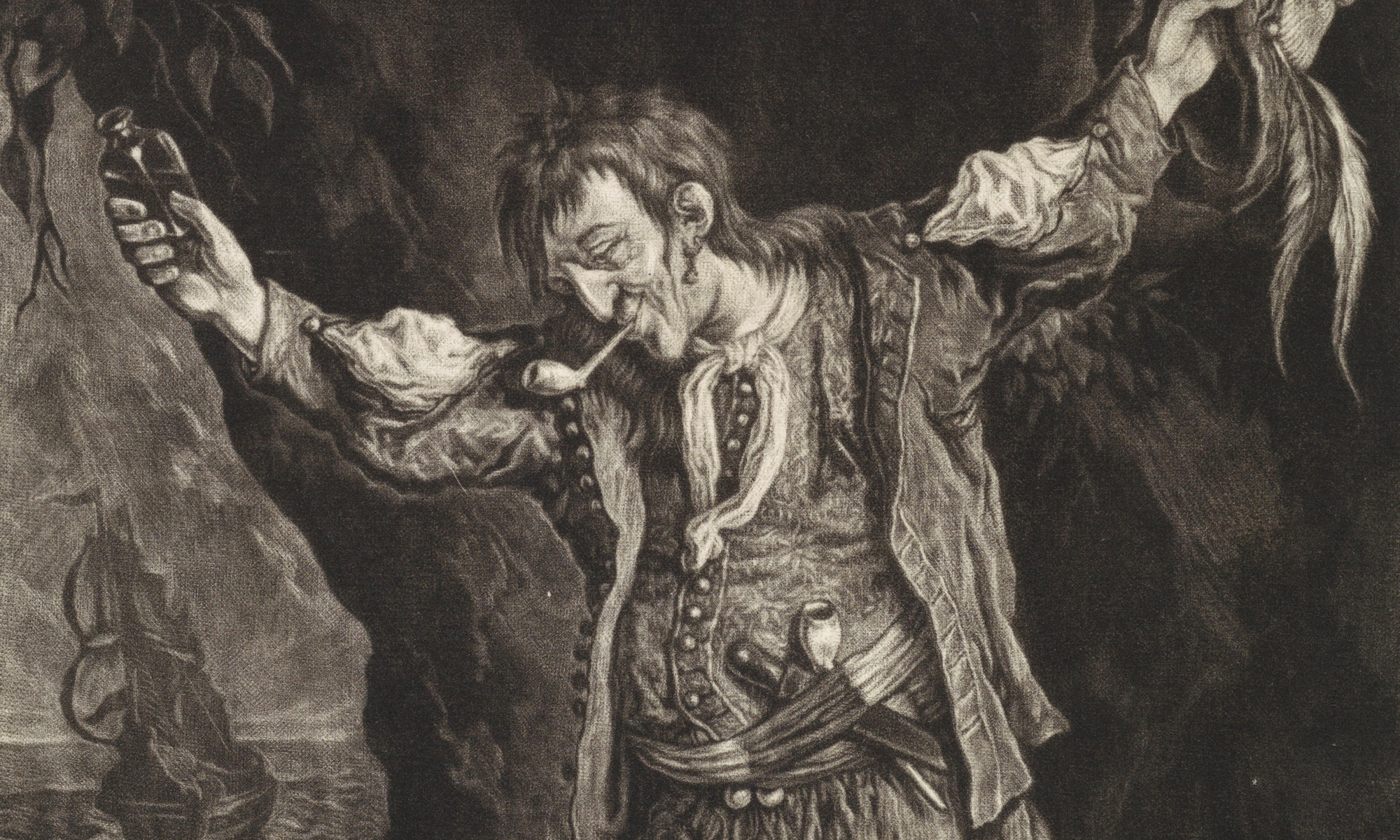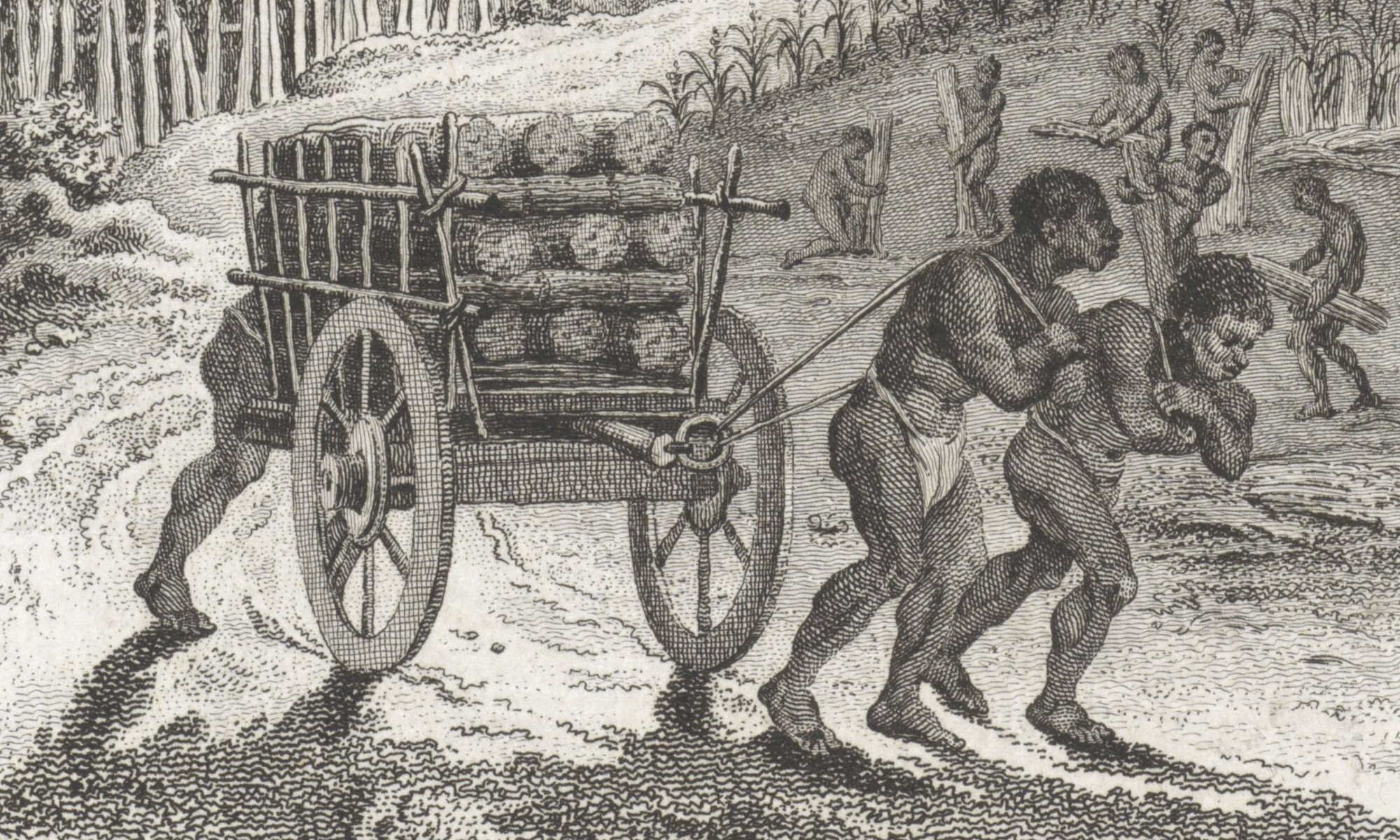The project rounded out 2021 with a ‘big bang’ in Amsterdam, when work on opium by our Utrecht research team was translated into a unique project in public space: Worlds of Opiates, a pop-up exhibition co-created with artist Corne van der Stelt, Het Uitvindersgilde, and Poppi, a start-up drugs museum and social enterprise. Visitors to the show walk through an immersive field of giant 3D poppy flowers, and discover the many attributes of the most powerful flower known to mankind. Interactive elements tell stories about opium, laudanum, heroin, and painkillers, the same substance in different guises eliciting different societal responses.
Swings and Syringes: Intoxication and Public Space
Intoxicating substances are part of everyday life, especially during social interactions. At the same time, pressure on space in urban regions and cities is great; not only today, but also in the past. How do cities and urban populations past and present accommodate drug consumption and negotiate public space use? Whose voices are heard when it comes to policymaking about public space and substance use? Moreover, what happens when you bring historians, criminologists, political scientists, anthropologists, and practitioners from drug work together to discuss these questions? Back in October we gave it a try and invited experts from different backgrounds to join in a horizon-widening discussion based upon the fast-talk method, a focused and time-limited discussion designed to generate policy-relevant information.
Continue reading “Swings and Syringes: Intoxication and Public Space”
New Project Exhibition: Worlds of Opiates
From 3 December 2021–29 March 2022, our Utrecht research team will hold a free pop-up exhibition for the general public at Amsterdam Central Station, one of the city’s major thoroughfares. The interactive show, organised in conjunction with the Poppi Drug Museum and called Worlds of Opiates, invites visitors to explore the history of opium in Amsterdam and its associated public spaces in a global context. Drawing on the findings of the project, and incorporating data from the 1970s and 1980s produced by our HERA partner project Governing the Narcotic City and the Mainline Foundation for harm reduction, the exhibition features both physical and digital objects, as well as historic maps of opium distribution in Amsterdam. Visitors can open and investigate the drawers of an original apothecaries’ counter, watch slideshows, access additional information on their mobile devices via QR codes, or listen to lectures by historians on topics such as opium use among the eighteenth-century Dutch elite, early modern opium use in Scotland, or the drug’s connection with Afghanistan.
Continue reading “New Project Exhibition: Worlds of Opiates”
Loten’s Dagwyser (1783): A Notebook of a Reluctant Dutch Opium Eater
In Utrecht University Library there is a Dagwyser, or almanac, for the year 1783, which formerly belonged to Joan Gideon Loten (1710–1789), a Dutchman, who had been Governor of Makassar [Sulawesi, Indonesia] (1744–1749) and Ceylon [Sri Lanka] (1752–1757) and who spent most of his career with the Dutch East Indies Company. The Dagwyser is a booklet covered by green parchment, a so-called ‘envelope book’. The entries in the almanac were written in his house in Drift 27, Utrecht, today the location of the university library. The notebook contains short entries nearly every day, mostly in English and Dutch. It contains notations about the people he met in town, who he visited, or who visited him and his wife. A keen ornithologist, he also recorded bird sightings, and noted thoughts and questions to himself.
Continue reading “Loten’s Dagwyser (1783): A Notebook of a Reluctant Dutch Opium Eater”
The Nineteenth-Century Coffee Commodity Chain: Representation and Reality
In the first part of my PhD thesis, I explored how Douwe Egberts, one of the largest Dutch producers of coffee and tea, used images of factories and cultivation landscapes in their advertising campaigns between 1900 and 1950. By applying the semiotic insights of Roland Barthes, and theories of visual archetypes formulated by art historian Ernst Gombrich, I examined each marketing image on four levels. Firstly, I determine what their objective characteristics were, such as colours and techniques. Secondly, I analysed what subjects were foregrounded in these images. This differed depending on the type of environment depicted; for example, factories were often shown with many smoking chimneys, included numerous means of transport and carriers, and had captions such as ‘steam roasting factory’. Images of coffee and tea cultivation landscapes, meanwhile, often included palm trees, sweeping hills, and identifiably non-European figures and buildings. In the last category, the entire commodity chain – almost every step between the cultivation and consumption of coffee – was depicted.
Continue reading “The Nineteenth-Century Coffee Commodity Chain: Representation and Reality”
Tea: The Most Normal Thing in the World?
Alfa Academy Continue reading “Tea: The Most Normal Thing in the World?”
Conflict and the Coffeehouse: Three Stories from Eighteenth-Century Amsterdam
In several Dutch books, plays, and poems written between the seventeenth and nineteenth centuries, coffeehouses are portrayed as spaces in which rational and civilised conversation took place. According to these texts, the people (more specifically, men) who visited these spaces did so to study, write, and discuss politics. This, we are told, encouraged them to be more civil and well-mannered, which in turn promoted the adoption of these qualities and behaviours across society as a whole. What we see here is the so-called ‘verburgerlijkingshypothese’ – or, in English, the ‘civilisation hypothesis’ – in all its glory. However, because these cultural processes are described in fictitious works, they don’t necessarily conform to reality ‘on the ground’. To find out what really went on in the coffeehouses of eighteenth-century Amsterdam, I did some research in the notarial records of the Amsterdam City Archive, a wide range of judicial documents prepared by the city’s legal scribes. And that’s where it gets interesting…
Continue reading “Conflict and the Coffeehouse: Three Stories from Eighteenth-Century Amsterdam”
Intoxicating Pharmacies? Apothecary Shops and New Intoxicants in Amsterdam, 1600–1850
Thinking about intoxicating spaces, apothecary shops are probably not what first springs to mind. Yet, these places are very relevant in discussing the assimilation of new intoxicants into European diets. It may seem strange to us today, but they virtually all started out as medicinal drugs. For example, sugar was believed to remedy coughing and to support the stomach, kidneys, and bladder, amongst others. Similarly, tobacco could be applied for many different conditions ranging from scurvy and tetanus to epilepsy and constipation. Moreover, it could be applied to cure wounds and was believed to have a preventative effect against the plague. Opium, coffee, tea, and cocoa were used just the same as panaceas for many ailments. The opium poppy’s bulbs and their sap were famous for their ability to induce sleep and to calm children. Tea and chocolate would even arouse lust, while coffee was regarded as an anti-love elixir.
Smoke on the Water: Tobacco, Pirates, and Seafaring in the Early Modern World
In the 1990s, maritime archaeologists started to excavate the remains of a shipwreck in Beaufort Inlet on the North Carolina coast, excavations that continue (you can follow their progress on this website). It’s now generally accepted that the ship on the bottom of the inlet is the Queen Anne’s Revenge, a frigate with 40 guns and capacity for 150 men that was nothing less than the flagship of a small squadron of pirate ships under the command of one of the most famous pirates in history: Edward Teach, or Thatch, better known as Blackbeard. From letters to the Admiralty, newspaper reports, and testimonies from pirate trials, we know that the ship ran aground on a sandbar on 9 June 1718. Attempts to free her were in vain, and after a few hours the crew abandoned the ship, its valuable cargo, and their personal possessions. Over subsequent weeks the vessel slowly disintegrated and finally ended its eventful life on the seabed.
Continue reading “Smoke on the Water: Tobacco, Pirates, and Seafaring in the Early Modern World”
New Intoxicants, Slavery, and Empire in the Seventeenth- and Eighteenth-Century Dutch Atlantic
The history of new intoxicants is intimately connected to one of the darkest chapters in history: that on slavery, and the exploitative world economic system that sustained it. The increasing demand for consumables such as sugar, tobacco, and coffee in Europe was supplied by New World plantations run by white planters, managers, and overseers and cultivated by enslaved black workers from Africa. More than 12 million enslaved were forcibly transported between 1500 and 1865; an estimated 1.8 million died en route. There is a cruel irony at play here: when we miss our morning hit of caffeine, sugar, or nicotine and withdrawal symptoms set in, we should remember that the psychological and metaphorical ‘enslavement’ of millions to an intoxicant is the historical result of the physical and literal enslavement of millions of African workers and their trafficking to the Americas.
